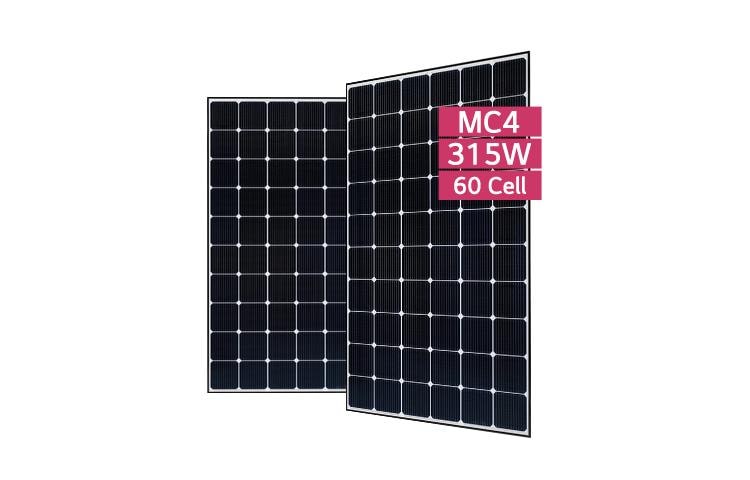This conversation shows up her ~ 1X/yr. or more often. Someone suggested if they can cover the overhead and still do an equal or better install - have at it. One guy - HXguy - got so much free advice here while fixing on a bad install that he started his own solar sales and installation co.
Options: DIY, or accept that a lot of business expenses enumerated here ~ 1X/yr. are things most folks just don't understand. No one's forcing you to do business with any vendor. If you don't feel good about the prices, simply don't buy turnkey.
Options: DIY, or accept that a lot of business expenses enumerated here ~ 1X/yr. are things most folks just don't understand. No one's forcing you to do business with any vendor. If you don't feel good about the prices, simply don't buy turnkey.


Comment